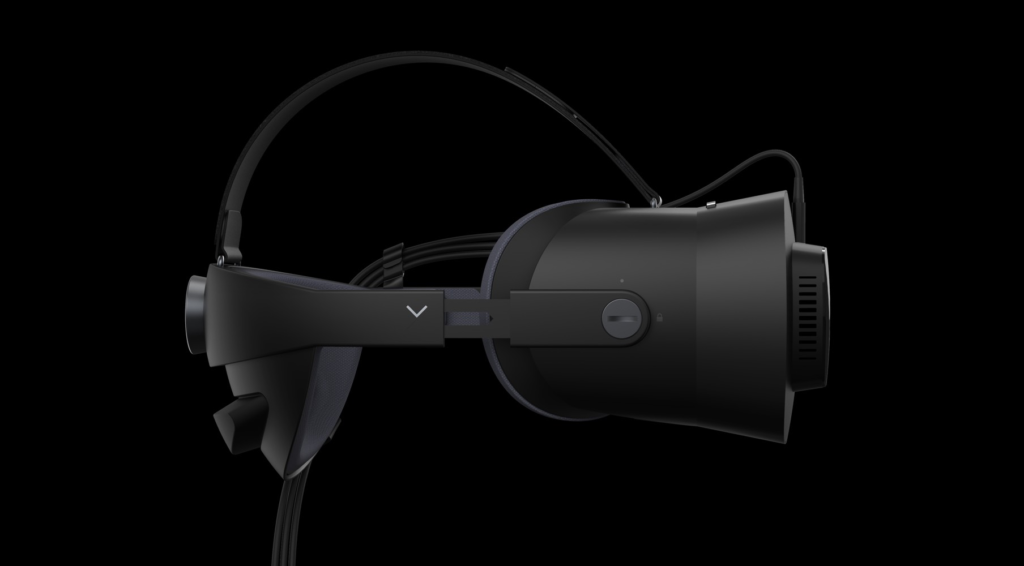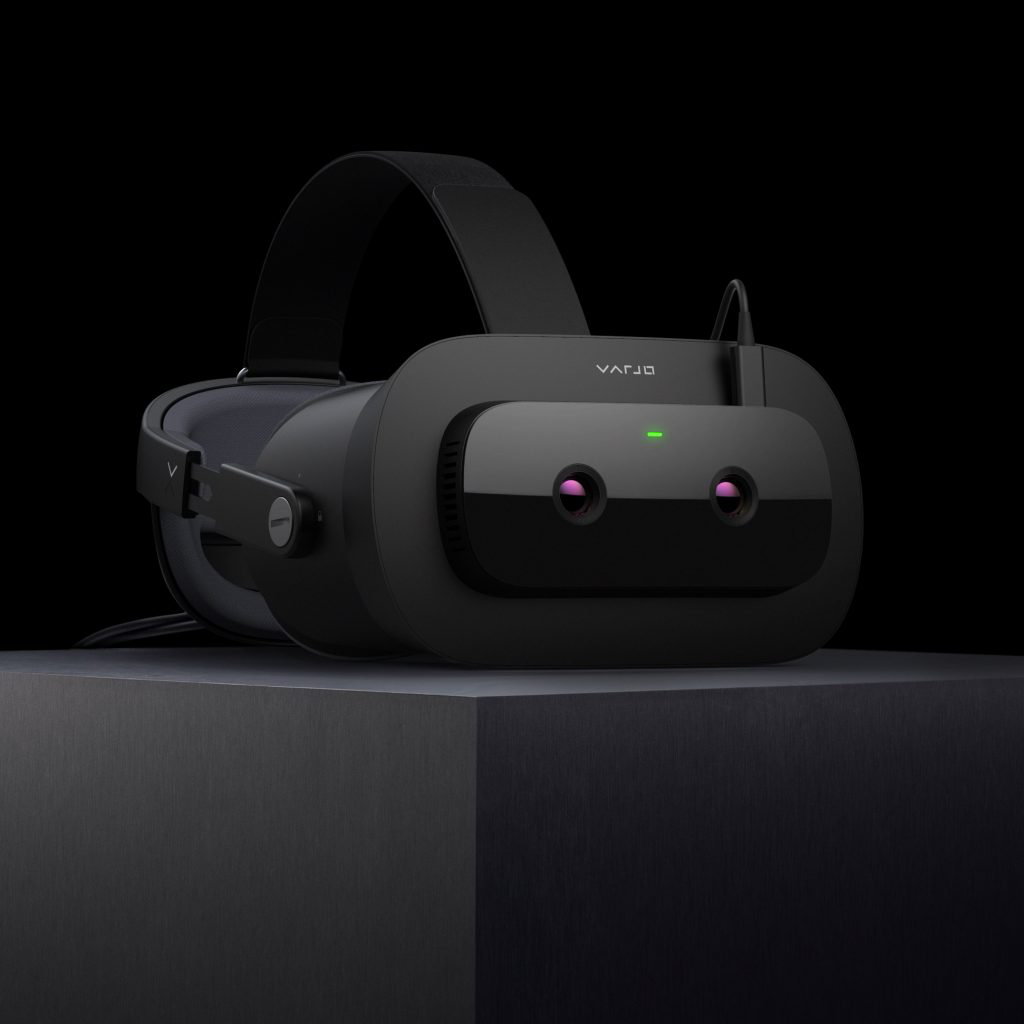On the heels of the realest of their second VR headset, the Varjo VR-2, the company has released a $10,000 developer-focused mixed reality headset. The XR-1 is designed to mix both AR and VR with the high-quality passthrough cameras, bionic displays, and the company’s integrated eye-tracking. They promise that this is the ideal headset for both AR and VR business and enterprise development.
The XR-1 and VR-2 share plenty of similarities, most importantly the bionic display that Varjo is famously known for. This blends two different displays, with two different purposes. The 1,920 x 1,080 micro-OLED ‘focus display’ (60 PPD) with a larger ‘context’ display at 1,440 x 1,600 is going to get the job done for most, and it also boasts an 87° field of view. The FoV is something that Varjo has struggled with in the past, so nailing it on this mixed headset was incredibly important for the company.
The XR-1 not only has advanced eye-tracking, but it also possesses two different 12-megapixel cameras on the outside of the headset that also have a refresh rate of 90Hz and a 94° circular viewing angle. The company says that this is aiming to let developers build “truly photorealistic mixed reality experiences where virtual objects seamlessly merge with reality for the first time in full field of view.”

This is going to propel enterprise use of VR and AR to new heights.
“Many companies understand the benefits of implementing virtual and mixed reality into their workflows, but haven’t had access to technology sophisticated enough to create photorealistic, 3D content and simulations,” said Urho Konttori, Chief Product Officer and co-founder of Varjo. “We are excited to bring the XR-1 Developer Edition to market as the industry’s first device that can flawlessly blend the virtual with the real world like never before – pushing the boundaries of what’s possible in training, design and research.”
To highlight the newest headset and the features of the display, Varjo released a video in which the pilot of the plane can interact with the real physical cockpit while still seeing the virtual environment. We haven’t gotten our hands on the headset yet, but if this demo holds to be true, many are going to be blown away by the capabilities of the newest technology Varjo has introduced.
Varjo is also forcing customers who buy this headset to add the mandatory $1,995 to the headset. This offers support for both hardware and software for at least 1 full year. This isn’t going to make the headset package any cheaper, but it is going to ensure you some peace of mind knowing it is insured. The full package for this headset is going to be a little over $12,000. Some developers will be able to find that value out of this headset, and some won’t, so knowing your skills before you buy is a must.
If you are looking to try out any Varjo headset, the company will be demonstrating the XR-1, VR-2, and VR-2 Pro at I/ITSEC 2019 through the 5th of December.
XR-1 Developer Edition Key Features:
- Photorealistic video pass-through enables users to see digital objects in true-to-life color, lighting and shadows in a full field of view (87 degrees).
- The ability to switch between mixed reality and ‘full’ VR so users can interact with the real and the virtual world in one device for applications such as testing designs in different environments or manipulating their surroundings with pixel-perfect clarity.
- Industrial-grade 20/20 Eye Tracker delivers unmatched sub-degree accuracy of users’ eye movements in mixed reality scenarios for valuable insights into research, training and simulation and product design.
- Ultra-low latency imaging pipeline lets users experience the most realistic digital worlds as extensions of the natural environment without perceivable lag.
- Human-eye resolution Bionic Display™ (over 60 PPD/3,000 PPI) brings high visual fidelity to even the most demanding industrial scenarios where extreme precision and photorealistic accuracy is required.
- Varjo’s products can also be experienced at I/ITSEC at various customer booths including Bohemia Interactive Simulations, Vertex Solutions, Ryan Aerospace, Presagis, Flight Safety International, and Aechelon.






























